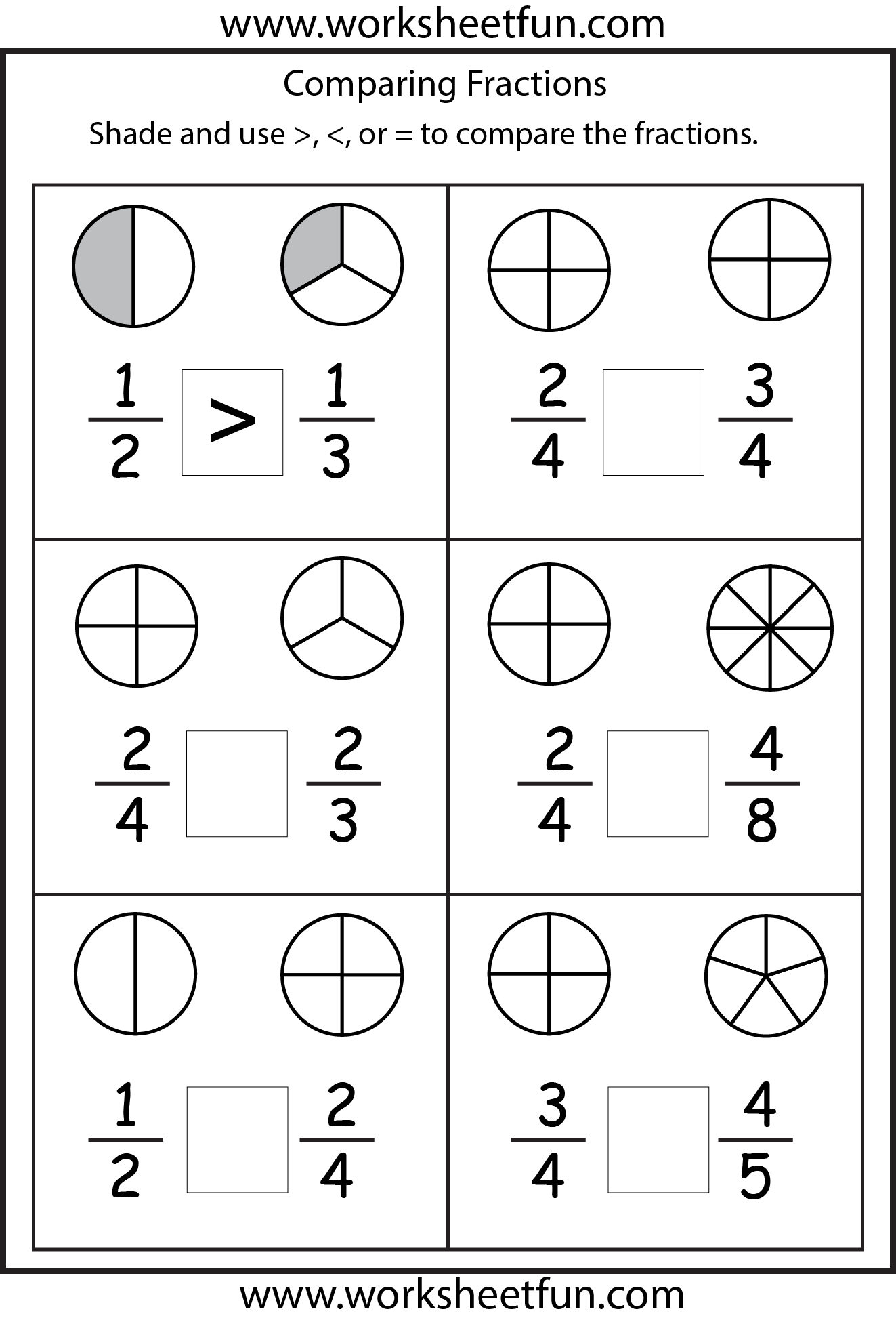In the realm of mathematics, converting decimals to fractions is a fundamental skill. One such conversion that often piques curiosity is transforming 1.5 into a fraction. This article delves deep into the process, providing you with a thorough understanding of how to represent 1.5 as a fraction, its implications, and why it matters.

Decimals and fractions are two sides of the same coin in mathematics. They both represent parts of a whole but in different formats. The decimal 1.5 is a common number that frequently appears in various contexts, from measurements to financial calculations. But how do we express 1.5 as a fraction? This article aims to answer this question comprehensively while exploring related aspects to provide you with a well-rounded understanding.
Key Takeway
Before diving into the detailed content, let’s summarize the key points about converting 1.5 to a fraction:
- 1.5 as a fraction is 3/2.
- The conversion involves understanding the decimal place value and simplifying the resulting fraction.
- This fraction is also an improper fraction, which means the numerator is greater than the denominator.
Deep Dive
Who is Involved?
Understanding the conversion of 1.5 to a fraction involves basic mathematical principles that are taught in early education. Teachers, students, and anyone dealing with numbers in their daily lives may find this conversion relevant. It is especially crucial for those in fields requiring precise measurements, such as engineering, science, and finance.
Events Timeline
The concept of fractions dates back to ancient civilizations, with the Egyptians and Babylonians using fractions in their calculations. Decimal notation, as we know it today, was developed much later. The integration of decimals and fractions in education has evolved over centuries, becoming a staple in modern mathematical teaching. The specific conversion of 1.5 to 3/2 has been a fundamental part of this educational journey.
Personal & Professional Impact
Understanding how to convert 1.5 to a fraction can have significant practical implications. For instance:
- Personal Finance: When dealing with interest rates, loan calculations, or budgeting, knowing how to convert decimals to fractions can aid in better financial management.
- Cooking and Baking: Recipes often require precise measurements. Converting 1.5 cups to 3/2 cups can help in scaling recipes accurately.
- Construction and Engineering: Precision is key in these fields. Converting measurements like 1.5 meters to 3/2 meters ensures accuracy in planning and execution.
Public and Media Reactions
While the conversion of 1.5 to a fraction might not make headlines, it is a topic of interest in educational content and math-related discussions. Educational platforms, math enthusiasts, and academic publications often highlight such fundamental concepts to promote mathematical literacy. For example, online math forums and tutorial websites frequently feature guides on converting decimals to fractions, reflecting the public’s ongoing interest in mastering these skills.
Future Prospects and Upcoming Plans
As technology advances, the methods of teaching and understanding mathematical concepts like converting 1.5 to a fraction are evolving. Interactive tools and educational software are making it easier for students and professionals to grasp these concepts quickly. Future prospects include:
- Enhanced Learning Tools: The development of apps and software that provide step-by-step guidance on mathematical conversions.
- Curriculum Integration: More comprehensive integration of practical mathematical applications in school curriculums to prepare students for real-world scenarios.
- Public Awareness Campaigns: Initiatives to promote mathematical literacy among the general public, emphasizing the importance of understanding basic conversions like 1.5 to a fraction.
In conclusion, converting 1.5 to a fraction is a straightforward yet essential mathematical skill. By understanding that 1.5 as a fraction is 3/2, you can apply this knowledge in various personal and professional contexts. The historical background, practical applications, and future prospects of this conversion highlight its significance in our daily lives. As educational methods continue to evolve, mastering such fundamental concepts will become even more accessible, empowering individuals with the mathematical literacy needed for success in numerous fields.
Whether you’re a student, a professional, or simply someone looking to enhance your math skills, knowing how to convert 1.5 to a fraction is a valuable tool in your mathematical toolkit. Embrace this knowledge, and let it guide you in navigating the numerical aspects of life with confidence and precision.
